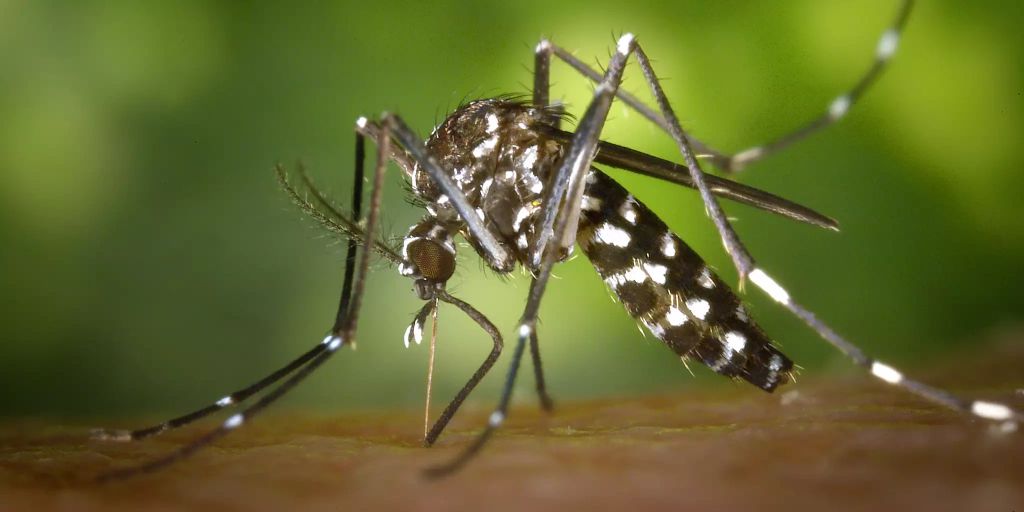Due to the occurrence of the tiger mosquito in the Obstberg district, the Swiss Tropical Institute will carry out further control investigations in the summer of 2022.
The Asian tiger mosquito was first sighted in the Obstberg district in September 2019. In autumn 2020, samples from the Swiss Tropical Institute (Swiss TPH) from over 60 potential breeding sites confirmed the presence of the Asian tiger mosquito in the district.
In 2021, the Swiss TPH carried out another monitoring in the affected area from June to September to check whether the tiger mosquito had disappeared again or whether it had spread further. It turned out that the Asian tiger mosquito apparently reproduces successfully in the orchard.
prevent spread
A permanent establishment of the insect in the neighborhood and its spread in the city area should be prevented at all costs. In order to analyze the situation more precisely and determine suitable control measures, the monitoring will be repeated immediately and in the coming months.
If tiger mosquitoes are found again, the exact locations of the oviposition and larval development must be found and eliminated. To do this, some locations may have to be treated regularly with a biological larvicide. In addition, the density of free-flying tiger mosquitoes should be determined as part of the monitoring.
The public is asked to help
In order to counteract the further reproduction and spread of the Asian tiger mosquito in the Obstberg district, the city of Bern is dependent on the help of the residents in the district. Since the mosquitoes can multiply even in the smallest accumulations of water, these must be avoided at all costs.
Water containers of any kind such as saucers, watering cans and umbrella stands should be emptied weekly until the end of October 2022 and rubbed out well with a cloth or brush to remove any egg deposits.
In addition, rain barrels should be sealed tightly with a lid or mosquito net, and drains and gutters should be checked regularly for blockages and cleaned if necessary.
Tree cavities that collect water can be filled with sand. In busy garden ponds, on the other hand, no measures are required because the mosquito larvae are eaten there. Swimming pools or bodies of water with agitated water surfaces also do not offer any opportunities to lay eggs.
–
More on the subject:
autumn water
–


